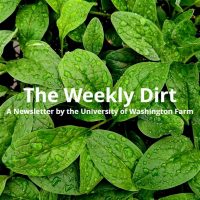Rare Plant Profile: Basalt Daisy

Basalt daisy (Erigeron basalticus) is a cliff dweller, found exclusively along the Yakima River Canyon and Selah Creek. There you will find it tucked into crevices and cracks of the basalt cliffs formed in the late Miocene (5 to 11 million years ago). There are six known populations in Washington State. Over the past few years Rare Care has made a concerted effort to re-monitor all known occurrences, and we only have one left to visit!
Read moreRare Care Volunteer Spotlight: Steven Clark

Each year Rare Care recognizes volunteers for their outstanding contributions.
Steven Clark has been with Rare Care since the inception of our rare plant monitoring program in 2001! Since then, Steven has contributed over 320 hours and submitted nearly 40 reports. He integrates Rare Care into the biology courses he teaches at Clark College, and helps inspire the future conservation biologists of our state.
Sierra Cliffbrake
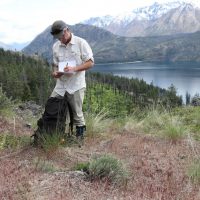
by Josh Wozniak
Lake Chelan is a narrow, glacially-carved trench: 50 miles long from North Cascades National Park to the town of Chelan. Along its shores, species typical of both the east and west flanks of the Cascades Range are well-represented. The areas surrounding the lake also contain a number of rare plant species, including some that occur nowhere else in Washington.
Rare Plant Monitoring: Tips of the Trade
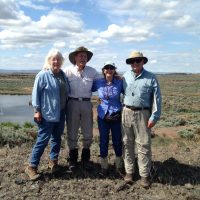
Tom Erler and Darcy Dauble are two long-time rare plant monitoring volunteers with a breadth of experience to share with our 38 recently trained monitors! During the monitoring season you will catch Tom searching for rare plants across the state, anywhere from the San Juan Islands to Douglas County. His day job is with the King County Noxious Weed program. Darcy Dauble is a retired librarian who can be found botanizing the Blue Mountains of southeastern Washington.
Read moreApril 2022 Plant Profile: Field Horsetail: Weed or Wonder?

Horsetail, a plant that Seattle area gardeners love to hate. Have it in your garden? You have likely been fighting it for years. But this plant is more than just a weed. Field horsetail, Equisetum arvense, is a tenacious perennial native to the temperate and arctic regions across the northern hemisphere, including the Pacific Northwest.
In early spring I often encounter visitors wondering about the otherworldly-looking reproductive stems of field horsetail.
Gardens for All
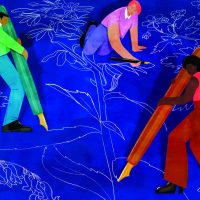
As an African American woman who has worked in public gardens for the past eighteen years, I often experienced firsthand the need for greater diversity. The lack of inclusion in the workspace is not an issue exclusive to public gardens, but it should be noted that many public gardens in the United States were founded by white people and many are primarily staffed by white people, despite being located in communities of color.
Read moreFantastical Fronds and Where to Find Them
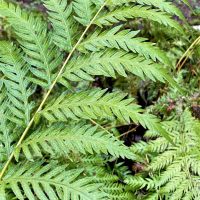
Ferns are unique in that they do not flower or produce seeds, but instead reproduce vegetatively or through spores. If you’ve ever seen dark brown dots on the bottom of a fern frond – those are spores! Spores are most often found on the underside of fronds in clusters called sori.
1) Woodwardia fimbriata Giant Chain Fern
This species is the largest fern native to North America and is found on the coast in moist coniferous forests from British Columbia to Baja California.
Read more*New* Accessibility Resources for Our Gardens
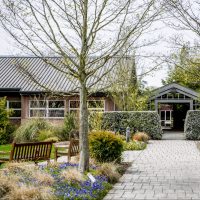
Here at the UW Botanic Gardens, we strive to make our spaces accessible to people of all backgrounds. We are grateful to members of our community for reaching out to inquire about the accessibility of our gardens. We have compiled a list of available resources on accessibile parking, trails, benches, and more for both the Washington Park Arboretum and Center for Urban Horticulture.
Read moreDigital Tree Tours of the Washington Park Arboretum
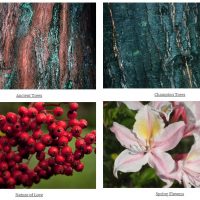
We are excited to share a brand new collection of four digital tree tours for the Washington Park Arboretum! Developed by our AmeriCorps member, Thuy Luu, these tours feature some of the Arboretum’s iconic collections and seasonal attractions. This new free public programming invites visitors to dive deeper into the stories of the Arboretum’s tree collections and offers a variety of routes and themes to fit different schedules and interests.
Read more